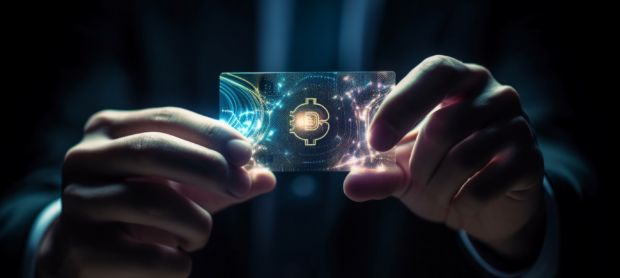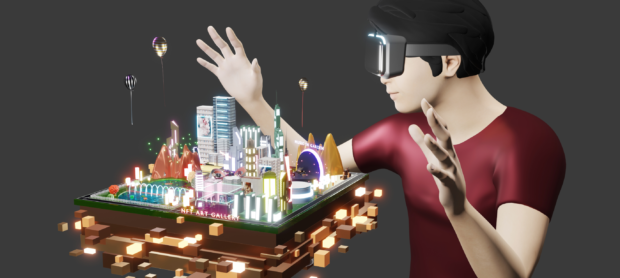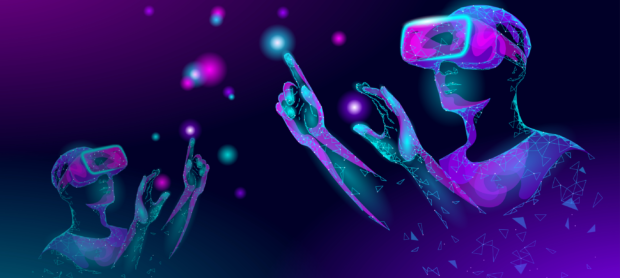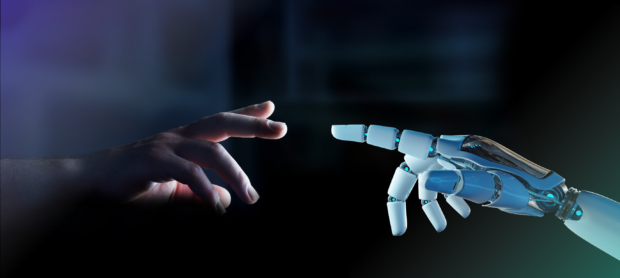With the introduction of Mixed Reality, the field of immersive digital experiences has seen a radical transformation. This technology combines the physical and digital realms into a single, fluid reality that allows a virtually endless amount of interactivity and immersion. By overlaying and anchoring holographic digital content into our physical surroundings, MR technology – a mix of augmented reality (AR) and virtual reality (VR) – allows users to interact with digital objects as if they were actual, palpable things.
The usage of MR in the game production industry has opened a large, unrealized potential for producing immersive gaming experiences that break through conventional barriers to user involvement. Players can now engage in and interact with a gaming environment that completely integrates with their actual physical surroundings, rather than only manipulating characters in a predefined setting. Gameplay is given new life by this technology, becoming more captivating, logical, and immersive than before.
Preparing for MR Development
To enter the field of MR development, one must arm themselves with the appropriate tools, gain pertinent skills, and successfully conceptualize the ideal MR experience.
Two of the most well-liked gaming engines that support MR development and enable the building of high-quality 3D environments are Unity3D and Unreal Engine. MR software development kits (SDKs), such as the Microsoft Mixed Reality Toolkit or AR Core and ARKit for mobile devices, are necessary in conjunction with these engines to interface with MR gear.
Key Competencies for MR Developers:
The creation of MR necessitates a diversified skill set. As C# and C++ are the primary languages used by Unity3D and Unreal Engine, respectively, proficiency in one of these languages is essential. For the purpose of making engaging digital assets, an understanding of 3D modeling and animation is essential. The user experience can be significantly enhanced in the context of MR by having knowledge of UX/UI design.
Making Sense of the MR Experience:
The distinct MR features that can improve the notion of their game must be found by the developers.
– Will the real world act as a stage for the game?
– How will gamers engage with virtual objects?
In the initial stages of design, these queries are crucial. Developers can hone their concept to fully utilize the immersive potential of MR by drawing, prototyping, and iterating. Always keep the user experience at the forefront of your design choices to produce an intuitive, interactive, and entertaining MR game that smoothly combines the virtual and real worlds.

Best Practices for Mixed Reality Development
To truly capitalize on the power of MR, developers must adhere to best practices that guarantee both user satisfaction and safety.
Considering User Comfort and Safety in Design:
When creating MR apps, the comfort and safety of the user should be given first priority. Developers must take into account extended usage periods as well as the required physical movement. The user should not be overloaded with information, and digital items should not be placed in danger of causing mishaps in the actual world. For a secure user experience, mixed reality services should have elements like boundary systems and unambiguous departure mechanisms.
Adding Interactive and Immersive Elements:
Deep user engagement, attained by including immersive and interactive features, is the key to an engaging MR experience. Create your application in a way that promotes interaction and exploration of digital aspects in physical environments. To improve immersion, think about utilizing spatial audio, physics-based interactions, and gesture controls.
Integrating Real and Virtual Environments in a Seamless Way:
The fusion of the physical and digital worlds is a defining feature of MR. The digital material must be contextually aware and respond to actual surfaces and lighting in order to do this. Real-time shadow rendering and occlusion, which allows physical things to obscure digital ones, are essential for producing a convincing mixed reality portal.
Putting MR UX/UI designs into practice:
In contrast to conventional 2D interfaces, MR interfaces call for a new design strategy. Developers must take 3D user interactions into account. The size and distance of UI elements, utilizing gaze, gesture, and voice for interactions, as well as guaranteeing readability and accessibility in a variety of environmental situations, are all significant considerations.
Testing and MR Experience Improvement:
Testing should take into account different lighting and environmental factors from the real world. User feedback is crucial during this stage because it sheds light on usability in the real world and identifies areas that require improvement. Refinement is a constant process, therefore continue it even after your MR services have launched to keep your application strong, engaging, and relevant.
Successful MR Game Development Case Studies
In recent years, a lot of popular MR games have been published. The following are some of the most notable examples:
Icarus is a cooperative multiplayer survival game where players must establish a fortress and stay alive in a dangerous alien world. Players can interact with the environment and other players realistically thanks to the use of MR in the game.
The HoloLens Adventure Series is a group of MR educational games that instruct players on a variety of subjects, including geography, history, and science. The games leverage MR to create a distinctive learning experience and are made to be interactive and entertaining.
Users of the artistic MR software Tilt Brush may paint in three dimensions. The application tracks the user’s motions and produces a 3D painting in real time using MR. Artists, designers, and even architects have used Tilt Brush to produce magnificent pieces of art.
These are just a few illustrations of popular MR games. Future MR games are likely to be much more creative and entertaining as technology advances.
The creators of these popular MR games have picked up a few tips along the road. The following are a few of the most crucial lessons:
Put immersion first. A completely immersive experience should be offered through MR games. This entails utilizing MR to give users a sense of presence and enable realistic environment interaction.
Tell stories with MR. Traditional games cannot be utilized to communicate tales in the same way as MR games can. This is due to the fact that MR enables designers to produce more engaging and immersive experiences.
Make learning simple. MR games must be simple to pick up and play. This is significant since it will increase the accessibility of the games to a larger audience.
Join forces with professionals. Because MR is a complicated technology, it’s crucial to collaborate with specialists who can aid in the development of your game. Developers, creatives, and even engineers may fall under this category.


Final Thoughts
Game production could be completely transformed by mixed reality, which immerses gamers in an interactive, immersive universe that perfectly blends the digital and physical worlds. Successful MR games highlight the importance of these best practices by demonstrating that careful, user-centric design combined with creative MR capability use results in extremely engaging and rewarding game experiences.
But keep in mind that the field of MR development is still developing and offers plenty of room for additional innovation and expansion. With each new game we create, we gain new knowledge, hone our skills, and expand the realm of what is conceivable.
The opportunity to create your imprint in the dynamic field of MR game development has here. Have a thought? You can make it come to life with Eventyr. In order to bring your idea from concept to reality and to fully utilize the potential of MR, our highly experienced professional team is prepared to work under your direction.
With our knowledge behind it, your proposal can break new ground in the MR field while pushing the gaming experience’s limits. To learn more about the limitless opportunities in the field of Mixed Reality development, contact us right away.




